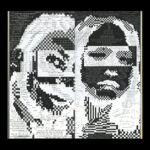
‘WAYS OF SEEING’ – with John Berger
Ways of Seeing is a four-part documentary hosted by John Berger and Mike Gibb. In this series, Berger talks about the Western art and culture, as well as the hidden ideologies that come with them. As part of our resource list, we were to watch one episode of this series, the one where Berger talks about how the invention of the camera has impacted the way we interpret art.
Before the camera, paintings could only be viewed in one place at a time. However, the camera enabled these paintings to be viewed in multiple screens at once, as well as being reproduced. Also, painting had their own place of ‘belonging’, as in it was exhibited in its intended place within an appropriate setting. However, as the camera made works of art reproducible, as a whole or in parts, made works of art for accessible for various purposes. In this episode, Berger uses examples of religious art, namely Renaissance Art and religious icons. He continues by saying that when art is viewed in its place, such as churches in this case, the viewer gets a holistic sense of belonging and understands the symbolic meaning of what one is looking at. In such situations, the viewer is not looking at the painting’s aesthetics but rather appreciating the symbolism behind it.
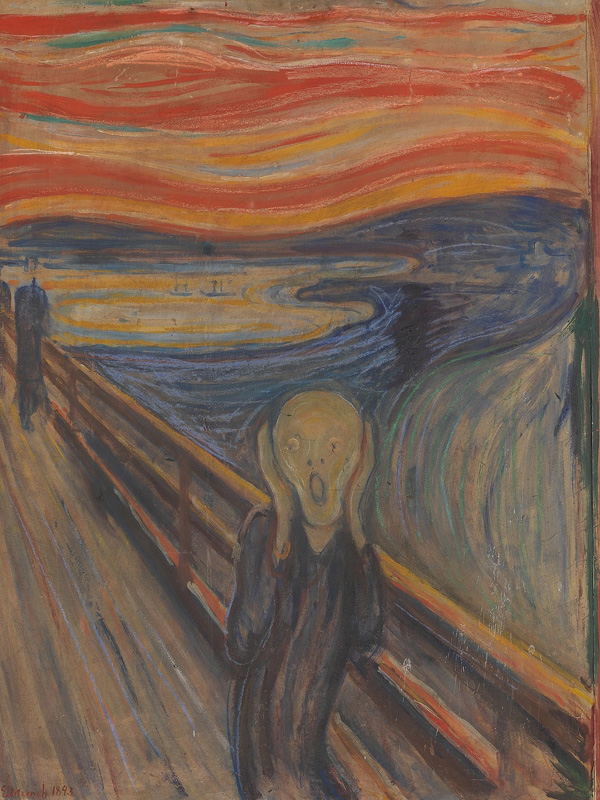
On the other hand, as paintings were being reproduced, hence making them readily available to the masses, the true message of the painting started to shrivel away as mass media was using famous paintings in different contexts. Whilst they were still being used to convey a message, it may vary greatly from the original. This reminds me of Edvard Munch’s The Scream and how it has been used in various contexts over time, from a visual example in psychology book about expressing emotions, to advertisements promoting beauty products. Munch’s initial intent was a visual expression of what he described as an ‘infinite scream passing through nature’ after looking at the red sky at sunset. Surely it was not meant to advertise cellulite treatments. You can click here to see similar examples of classical art used in advertising.
Similarly, Berger points out the difference between a painting and film. As it is one frame, a painting can portray multiple events at once. However in film, events are shown one after the other in a narrative over a set timeframe. Due to this, as one can focus of certain parts of a painting with a camera, it can alter the context greatly. For instance, taking paintings such as Bruegel’s Procession to Calvary or even Michelangelo’s work in the Cappella Sistina, there is so much going on in one massive frame, it is very easy to extract elements from it and adapt it to a very different context.
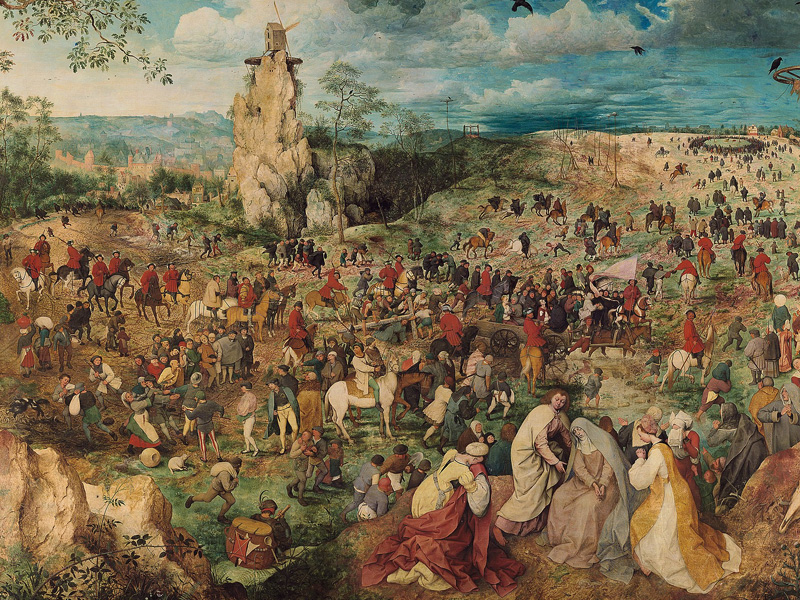
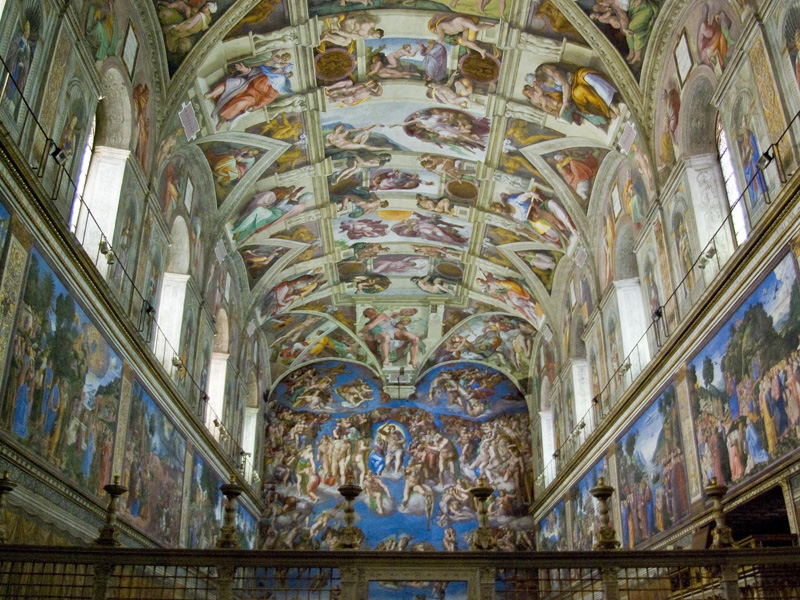

However, in spite of all this, Berger emphasizes the fact that people still appreciate uniqueness and authenticity. It is the same when it comes to art. Other than the visual aesthetic of it, it is the story behind the making of the painting and who painted it is what makes it truly magnificent. The mystery that floats around a painting is what elevates the real one from the reproduction, and the extent which people have gone to differentiate the authentic from the replica. To put such point into perspective, Berger mentions Da Vinci’s Virgin of the Rocks and its catalogue owned by the National Gallery. The catalogue is a 14-page document with information that includes previous owners of the painting, legal issues and when was it painted.
In another segment, Berger bring about the idea of stillness one sees in a painting. Paintings are like a freeze frame in a point in time, be it real or abstract. This stillness is what makes painting incredibly striking. As Berger describes it, a painting is like an opening to another world, and the gap between the viewer and the painting is like a corridor between two different worlds. It is this same stillness is what gives the viewer a sense of awe, and possibly a detachment from reality for a short while.
On a different note, Berger also discusses how the surrounding ambience of a painting can alter one’s mood, hence affecting the way we interpret the painting. He demonstrates this, by show a painting multiple times and playing a piece of music each time as well as different video clips in between. Each time the painting was shown in within a different context, the mood conveyed by the painting was different. Berger goes on by stating that music change indeed change the significance of what we look at, particularly when it comes to art, and music is subtler than words. One possible reason would be due to the fact that background music stimulates a different part of the brain, and since words usually require focus in order to be comprehended fully, music does not.
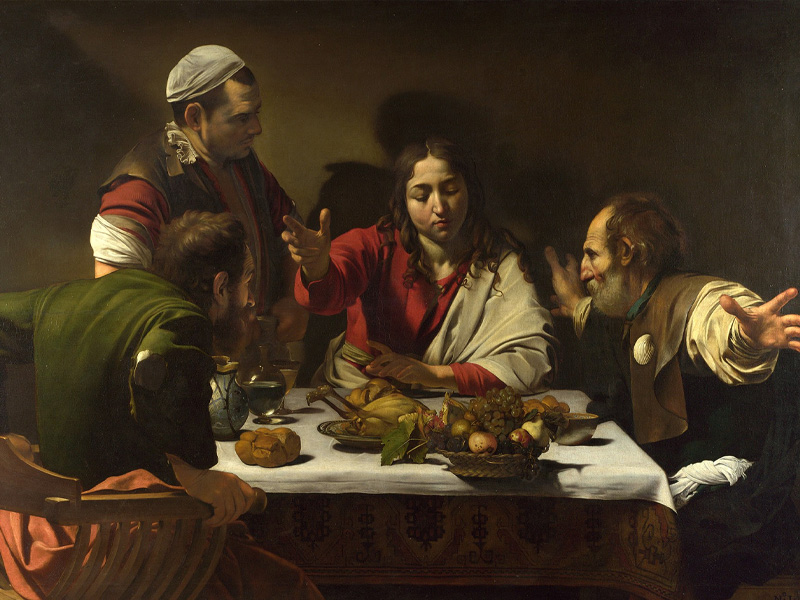
Lastly, in the episode is also seen in a classroom with children around seven years of age. He was showing them Caravaggio’s Supper at Emmaus and asking them questions about it, such as what they thought it was going on in the painting, who were the people and similar questions. In their innocent inquisitiveness, children tend to associate what they see with what they experience. They are not familiar with mystification nor abstract thought, hence they interpret what they see very directly.
This first episode of this series was indeed insightful. Although it focuses on paintings and the impact on them with the invention of the camera, the points discussed in this episode can also be applied to various aspects of mass media and consumerism to this very day. We live in an era that is flooded with information, that may not always be authentic, but everyone is in a rush that very little attention is paid to the source of the information. In addition, because of advertising, the more engaging and enticing the advertisement is, it is very likely that we are attracted to the product or service offered for the advert is making us believe that the product is genuine through visuals, music and words. Testimonials is advertisements are a perverted equivalent of the painting catalogues in museum. As much as we appreciate the authenticity of a painting, and we like to seek proof in this secular world, we are often blind to the inconvenient truth and we tend to be carried away by the herd.


